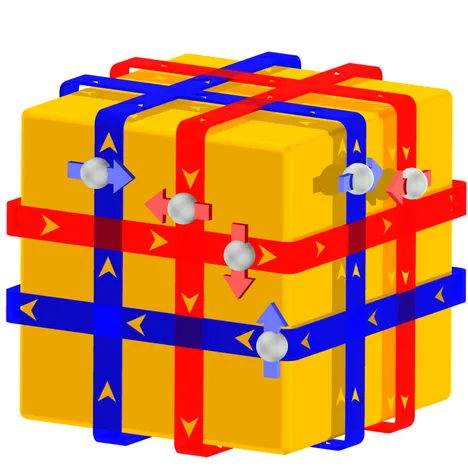
Hybrid topological materials comprising e.g. of 3D topological insulators (TIs) and ultra thin magnetic layers (ML) promise highly efficient spin to charge conversion due the perfect spin momentum locking of the 2D helical surface states. Consequently these materials are of high relevance for the spintronics community. The topologically protected surfaces states forming at the interface between the TI and a topologically trivial magnetic material (metallic or insulating) are protected from direct backscattering by time reversal symmetry. When a pure spin current is injected from the magnetic material e.g. by spin pumping, it is expected to be efficiently converted into a charge current. Ultimately, highly efficient switching of the magnetization is expected to be realized in hybrid ML/TI nanostructures excited by short electrical current pulses.
We design and fabricate hybrid ML/TI systems using molecular beam epitaxy and investigate spin momentum locking using spin pumping based techniques.
A second class of topological materials we are interested in are complex skyrmion hosting magnetic materials. Prominent examples are the B20 Silicides FexCo1-xSi and MnSi or the insulating material Cu2OSeO3. In these materials we investigate the decay processes of topologically protected skyrmion tubes as well as magnon transport.